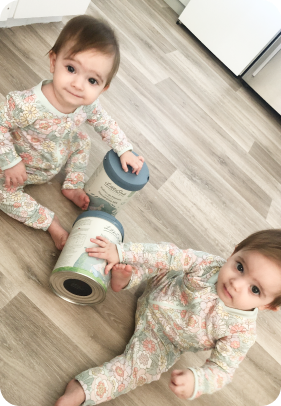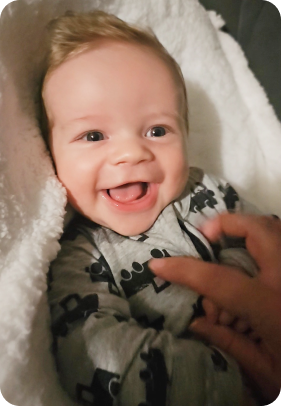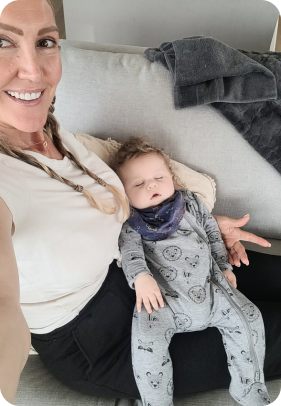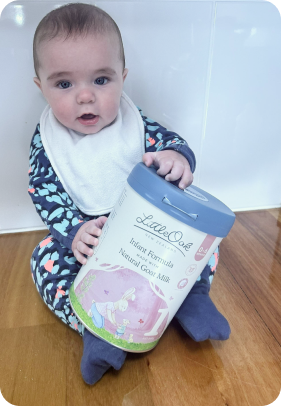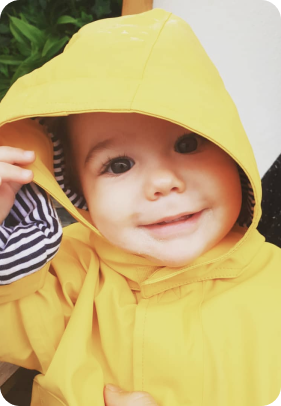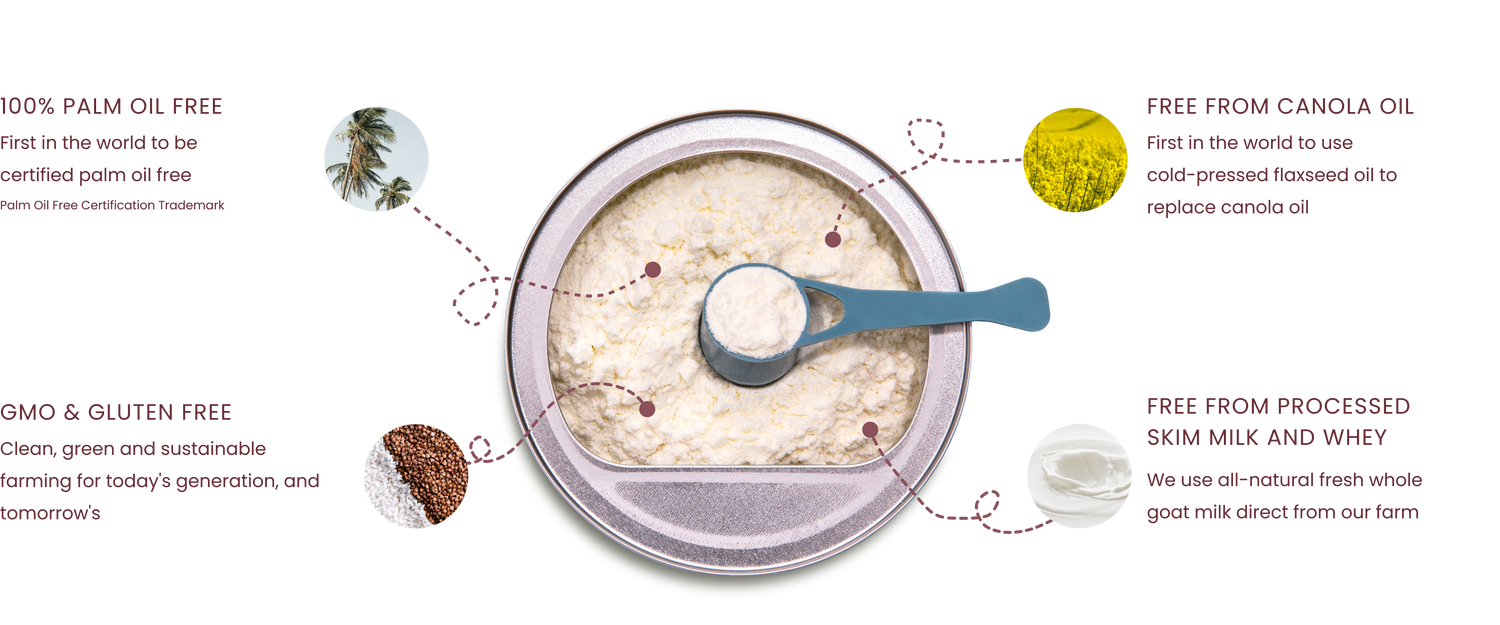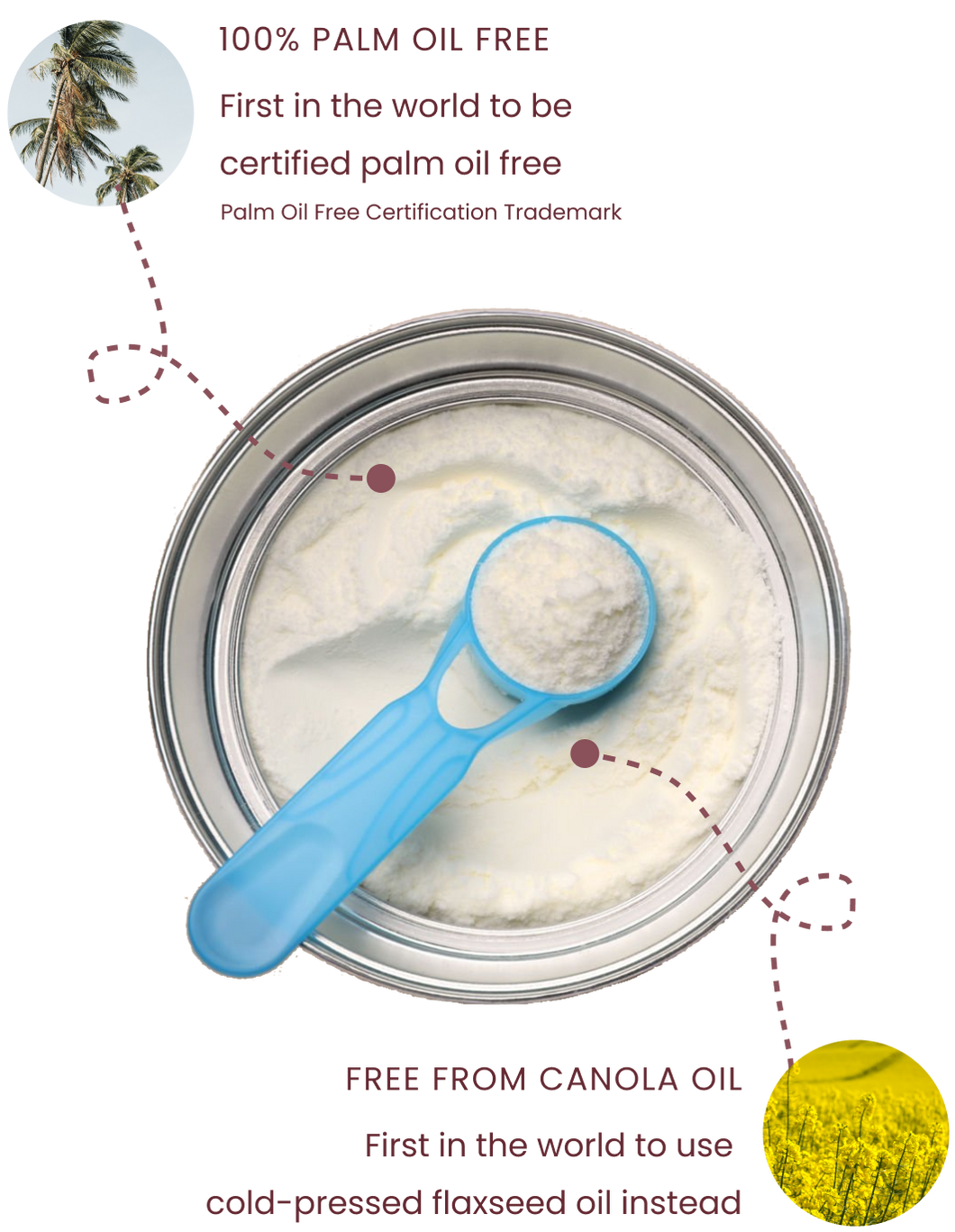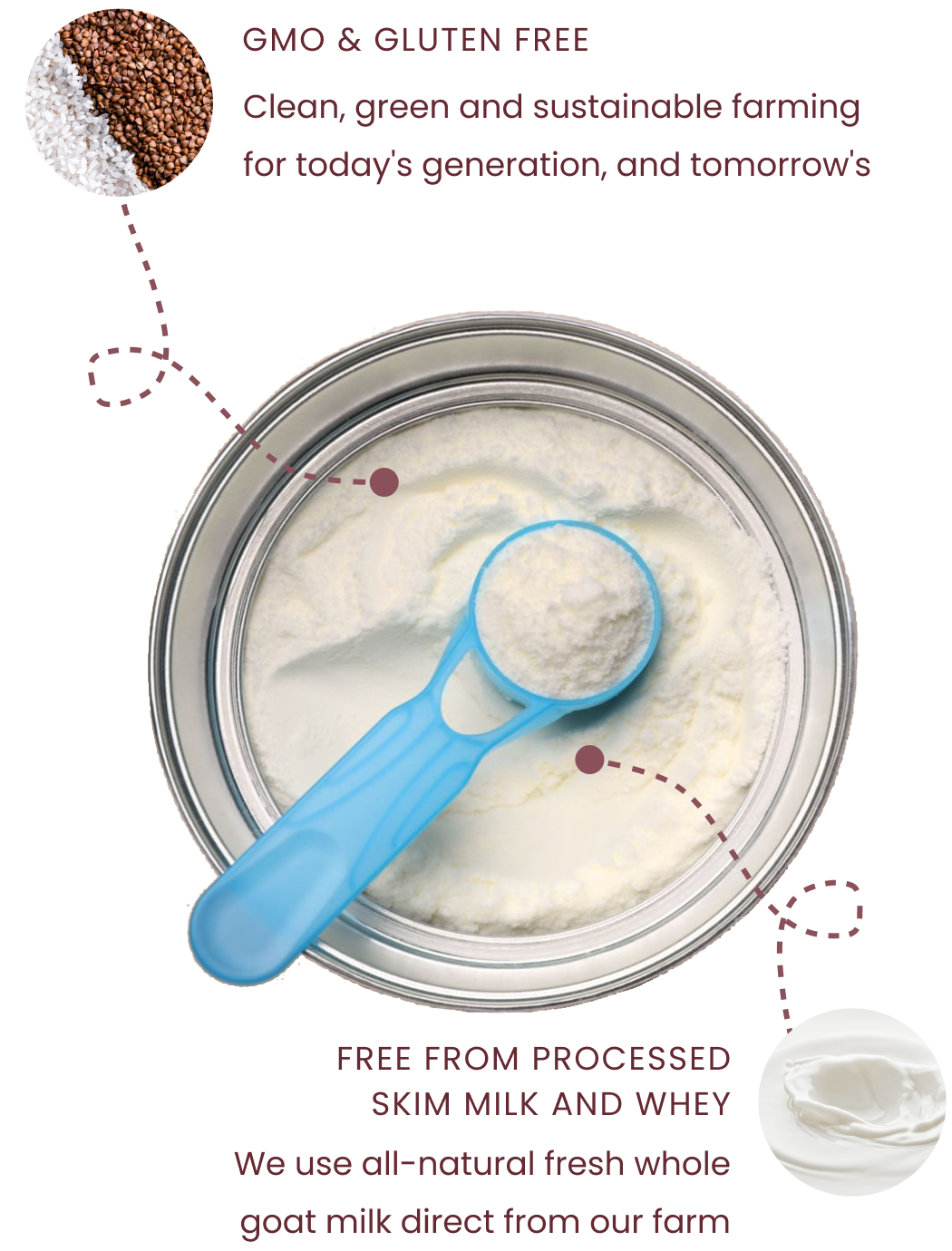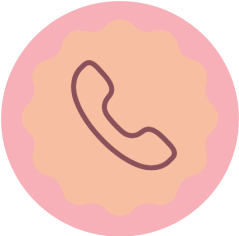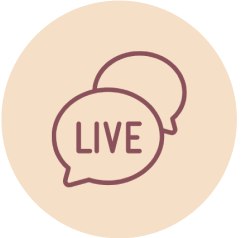By Nicole Gleeson, Paediatric Emergency Nurse, Mum of two little ones and founder of Rhythm First Aid.
Note: Always consult a healthcare provider before using any medications. The below information is for general information only. Always follow instructions on the medication bottles.
There’s nothing worse than seeing your child experience any sort of discomfort or pain – and as parents, we want nothing more than to help them. But when it comes to pain relief, it can be hard to know when and what medication to give. In this blog, we’re breaking down trusted pain relief options for children, what to consider based on age and weight, and how to ensure your child’s safety.
Paracetamol and Ibuprofen are two of the most common medications given to children for mild-moderate pain relief. Paracetamol is a pharmaceutical drug used for short-term pain relief, while Ibuprofen is considered a nonsteroidal anti-inflammatory drug (NSAID) used to relieve inflammatory types of pain.
Can I use ibuprofen and paracetamol together?
Yes, both ibuprofen and paracetamol can be given simultaneously. For example if a child had a suspected fracture and were in moderate pain it would be appropriate to administer both types of pain relief. When multiple medications are given simultaneously, it is important to track the type of medicine, dosage and timing to avoid any risks for further harm. It’s important to note that while these medications do temporarily relieve pain, they do not treat the cause of the pain.
Read on for key facts for using Paracetamol and Ibuprofen in children.
What are the brand names for these medications?
- Paracetamol: Panadol, Dymadon, Panamax.
- Ibuprofen: Nurofen, Brufen, Dimetapp or Advil.
What are paracetamol and ibuprofen used for?
- Paracetamol: Mild to moderate pain and can be used in babies from one month of age.
- Ibuprofen: Mild to moderate pain. Not to be used in babies under 3 months of age.
What symptoms do paracetamol and ibuprofen help relieve?
- Paracetamol: Pain and relief of symptoms of a fever.
- Ibuprofen: Inflammatory-type pain (redness and swelling) and relief of a fever.
What is the right dosage frequency?
- Paracetamol: Every 4-6 hours, up to 4 times in 24 hours.
- Ibuprofen: Every 6-8 hours, but no more than 3 times a day.
What are the warnings and contraindications?
- Paracetamol: If too much paracetamol is given over a long period, it may cause harm. Be sure to check if any other medication taken concurrently contains paracetamol.
- Ibuprofen: Not to be used for:
- babies under 3 months
- children with a bleeding disorder
- child who is dehydrated
What are the effects of overdose?
- Paracetamol: Harm to the liver.
- Ibuprofen: Upset stomach, effects on breathing, drowsiness.
How much medicine can I give my child?
Medication dosages can often be confusing, especially when you’re trying to figure out how much to give your child. It’s important to check the milligrams (mg) per millilitre (ml) on the label, as this may vary between brands. This measurement tells you the strength of the medication and helps ensure you are giving the proper dose. When it comes to dosing, it is best to defer to your child’s weight, not their age. Children grow at different rates, so managing dosages based on weight is the most accurate way to avoid overdosing or underdosing.
How can I keep my children safe around medicine?
Prevention is key when it comes to medication safety. To avoid accidental ingestion, always store medicines out of your child’s reach. Storing medicine in a locked cabinet or a high cupboard, keeping tablets in their original packaging until use, and making sure child-resistant caps are tightly secured on medication bottles are all simple yet effective ways to prevent accidental access.
Should I offer a cough medicine for my child?
Cough syrup or medicine is not recommended for children under 6 years of age unless specifically recommended by a healthcare professional. For children with a lingering post-viral cough, honey may help soothe the throat. Just remember: honey should not be given to children under one year of age. If your child’s pain persists, it’s important to seek medical help.
As your child recovers, no matter which medication or pain relief option you choose, offering plenty of love, cuddles and the right support can go a long way. With gentle care and effective pain relief, they’ll hopefully be back to feeling like themselves in no time.
Nicole Gleeson and Rhythm First Aid accepts no liability for any loss or damages suffered by any person as a result of any reliance on any information.
.....
LittleOak has been nourishing children for many years and feeds millions of infants, babies and children across the globe each and every day, in countries such as Australia, New Zealand and Singapore. In the US, we’re proud to have our FDA compliant Toddler Milk available for families.














